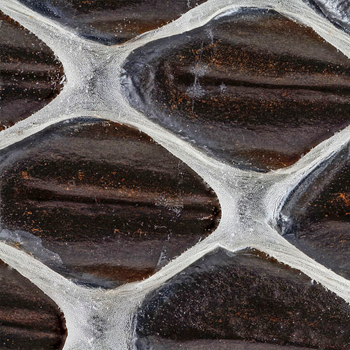The gas inside of a container exerts #48 Pa# of pressure and is at a temperature of #270 ^o K#. If the pressure in the container changes to #60 Pa# with no change in the container's volume, what is the new temperature of the gas?
1 Answer
Explanation:
Recall that Gay-Lussac's Law states that pressure is directly proportional to temperature. The formula that represents this is:
#color(brown)(P_1)/color(blue)(T_1)=color(purple)(P_2)/color(orange)(T_2)#
where:
Finding the Final Temperature
#P_1/T_1=P_2/T_2#
#T_2=(P_2T_1)/P_1#
#color(purple)(P_2=60Pa)color(white)(XXX)color(blue)(T_1=270K)color(white)(XXX)color(brown)(P_1=48Pa)#
#T_2=((60Pa)(270K))/((48Pa))#
#color(green)(T_2=337.5K)#

